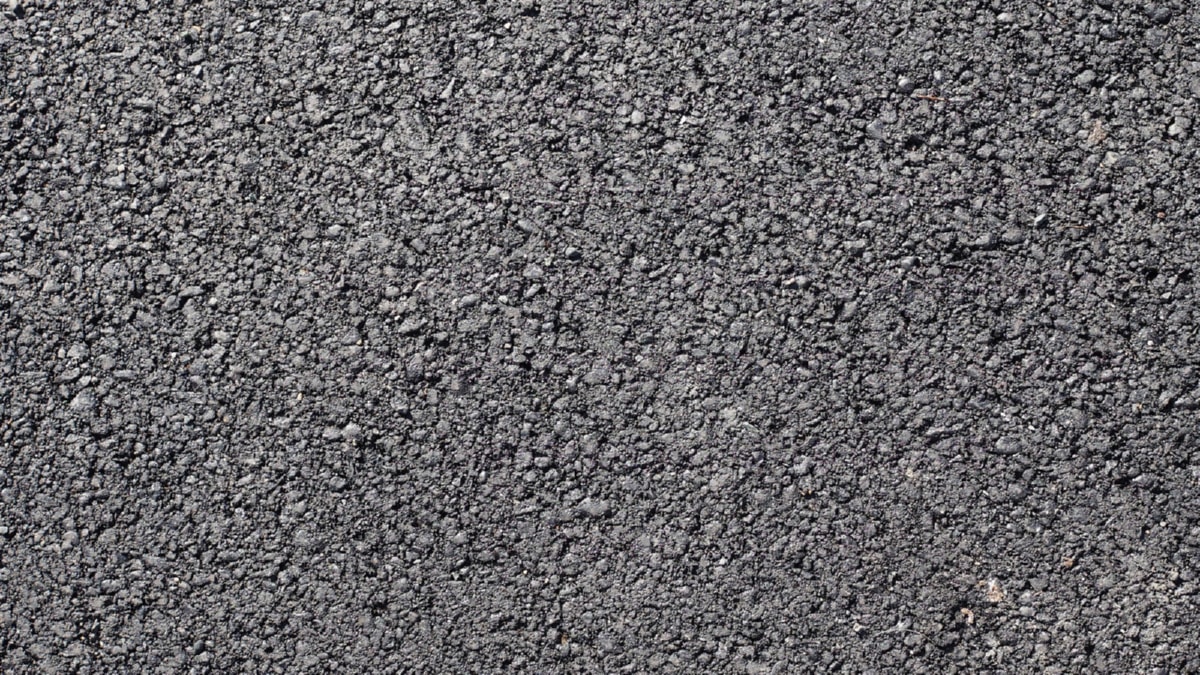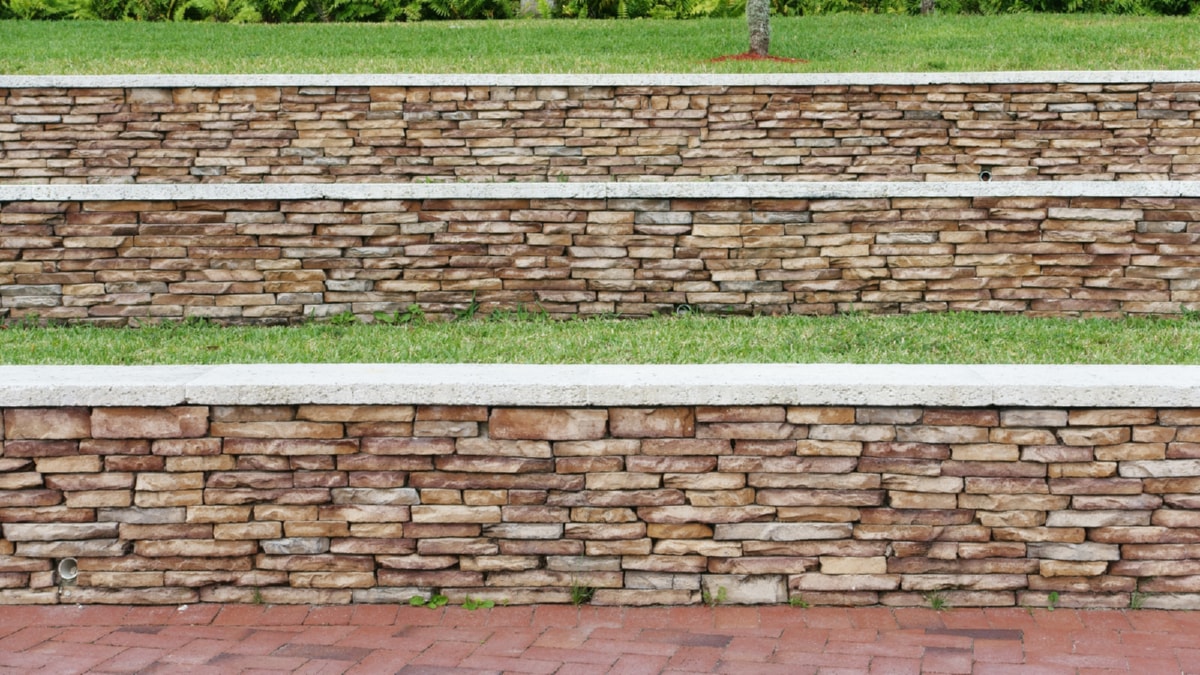A Closer Look At Modern Construction Methods
As an expert in the construction industry, I’ve witnessed an impressive evolution of construction practices over the years. The emergence of technology has transformed traditional methods, giving birth to a new era: the age of green and sustainable construction.
In the sphere of green construction, a few notable trends have grabbed my attention. These advancements are not only revolutionizing the way we build but also redefining the future of the construction industry.
For instance, 3D printing, a technology previously confined to the realms of design and prototyping, is now being utilized to build everything from buildings to bridges. This ground-breaking technology allows for economical, rapid, and bespoke construction, reducing waste and enhancing efficiency.
Likewise, Building Information Modeling (BIM) is another emerging technology in the construction industry. BIM allows architects and engineers to create detailed 3D models of buildings, making better design decisions and improving collaboration among teams.
When it comes to green construction, the focus is on sustainable materials and energy-efficient designs. Recycled materials, such as reclaimed wood and recycled steel, are becoming more common. These materials reduce the environmental impact of construction and assist in achieving sustainability goals.
Moreover, green buildings are incorporating advanced technologies like solar panels and rainwater harvesting systems to minimize their carbon footprint and promote resource conservation.
Modern construction methods, on the other hand, are driving the boundaries of what’s possible in construction. Prefabrication, for instance, involves building sections of a building off-site, then transporting them to the construction site for assembly. This method reduces construction time and lessens waste, leading to more efficient and economical construction.
Similarly, modular construction, where entire rooms or sections of a building are built off-site and then assembled on-site, provides numerous benefits, including reduced construction time, improved quality control, and reduced waste.
In conclusion, the future of construction lies in adopting these emerging technologies and green practices. As we navigate towards this new era, it’s crucial to grasp and adjust to these changes to remain competitive in the industry. Whether it’s 3D printing, BIM, green construction, or modern construction methods, these trends are shaping the future of the construction industry.
For more details, check best Insulation Solutions in Carlow or visit their Insulation Services Carlow business listing here.



